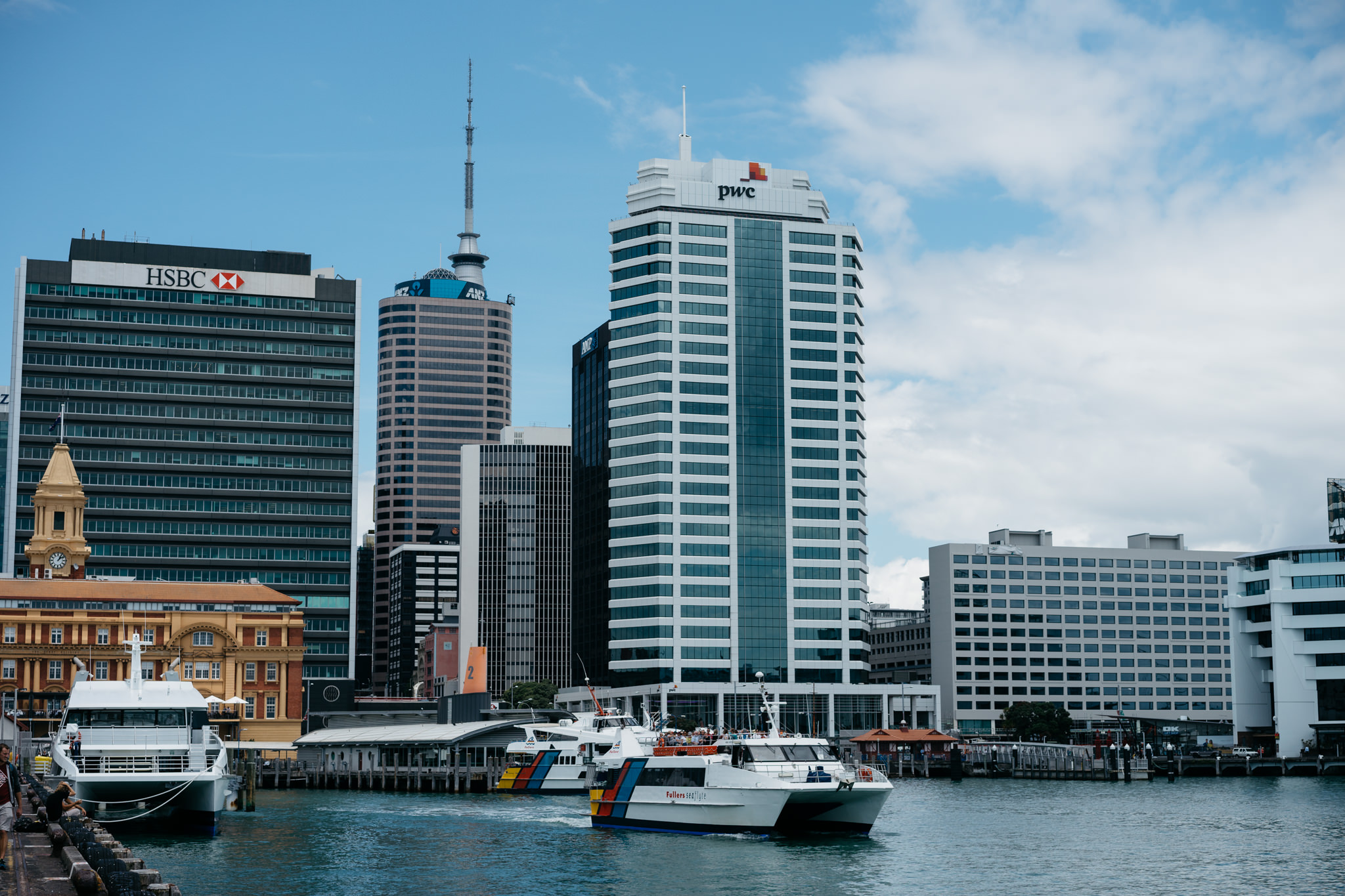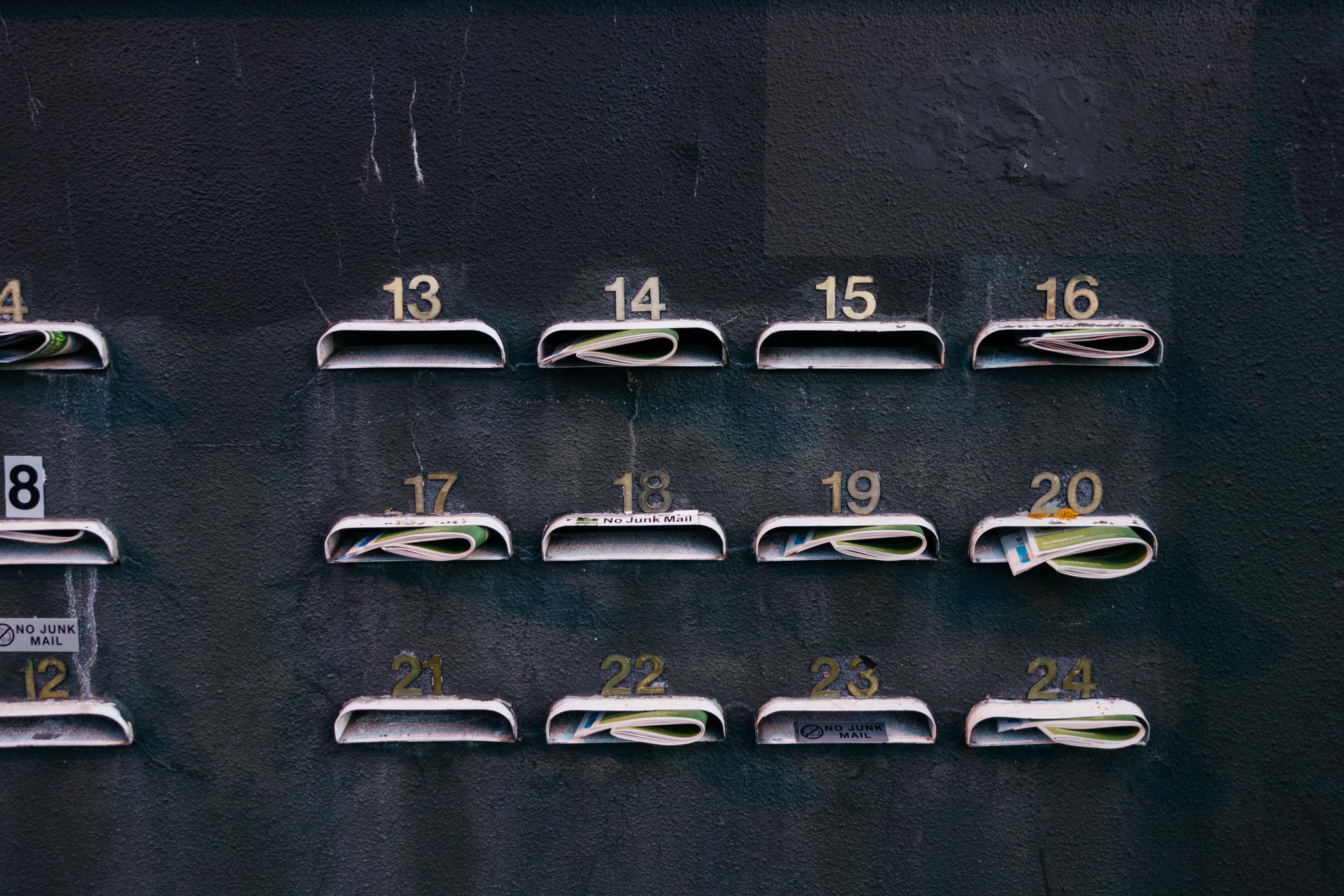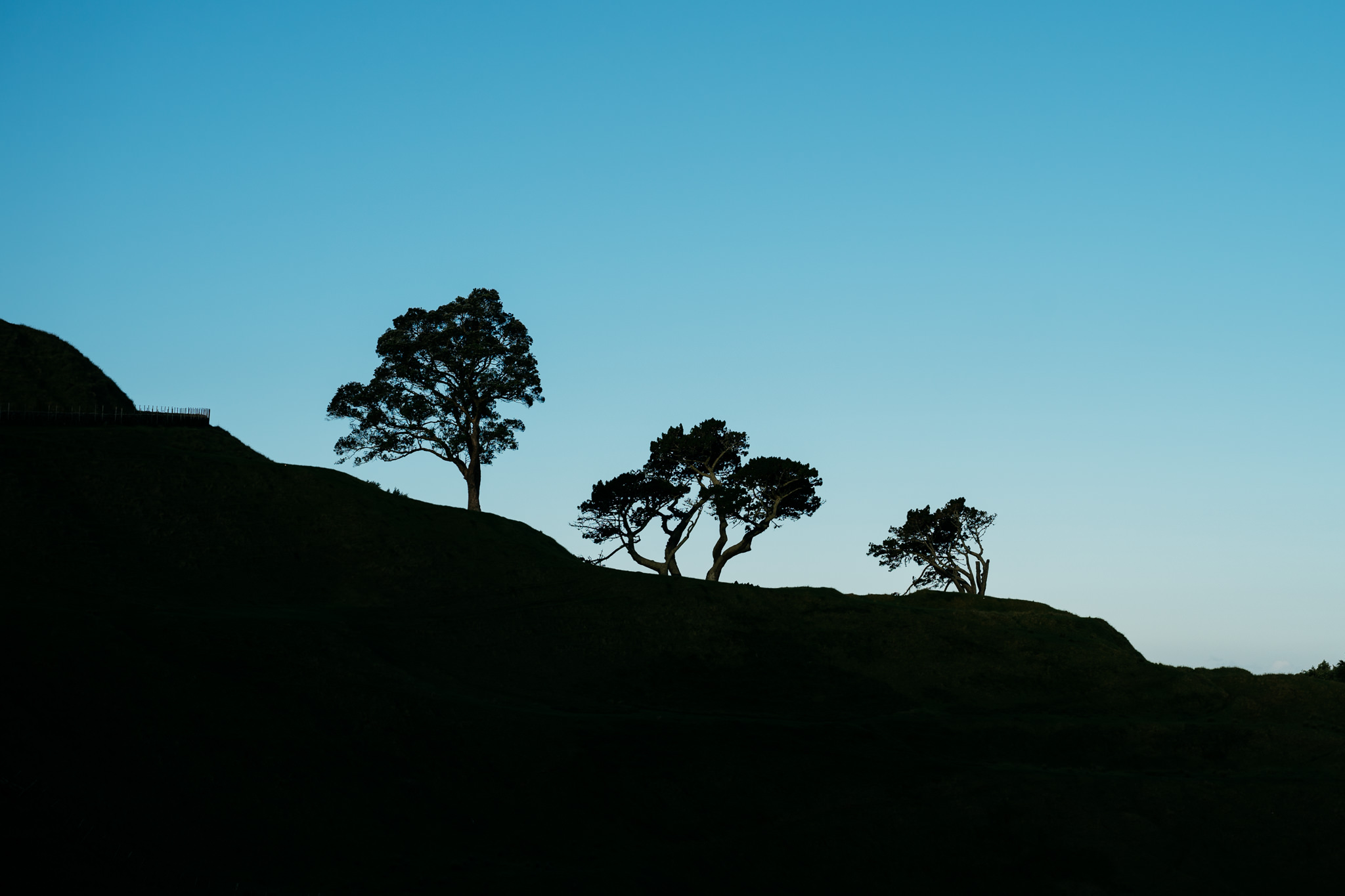In the southwest of the Pacific Ocean lies New Zealand. The island state is spread over two main islands and around 600 small islands. In the west across the Tasman Sea is Australia. To the north is the French island of New Caledonia and the island states of Tonga and Fiji, and to the south the continent of Antarctica.
Due to its remoteness, the area of New Zealand is one of the last to be populated by humans. Between 1250 and 1300 Polynesians moved into the country and developed the distinctive Māori culture. The first European visitor was the explorer Abel Tasman from the Netherlands. The Tasman Sea and Tasmania are named after him.
New Zealand is a kingdom in the Commonwealth of Nations and has a democratic parliamentary constitution. The head of state of New Zealand is Queen Elizabeth II. Therefore the traditional national anthem is also “God Save the Queen”.
However, there is also another official national anthem, “God Defend New Zealand”. This makes New Zealand, besides Denmark, the only country in the world with two national anthems.
New Zealand cuisine is based on European cuisine and the indigenous cuisine Māori. British influences can be seen, for example, in dishes such as fish and chips.
The national dessert is Pavlova. A meringue dessert with a crispy crust and fruits and whipped cream on top. The dessert developed in the 1920s is named after the Russian ballerina Anna Pavlova.
New Zealand has two official languages Māori and the New Zealand Sign Language. The latter has been recognised as an official language since 2006 and has its roots in the British Sign Language.
Although about 95 percent of New Zealand speakers speak English, it is only the de facto official language. However, English is accepted in all situations.
The importance of English is also evident in the surnames of New Zealand residents. The three most popular names, Smith, Wilson and Williams, are all of English origin.



